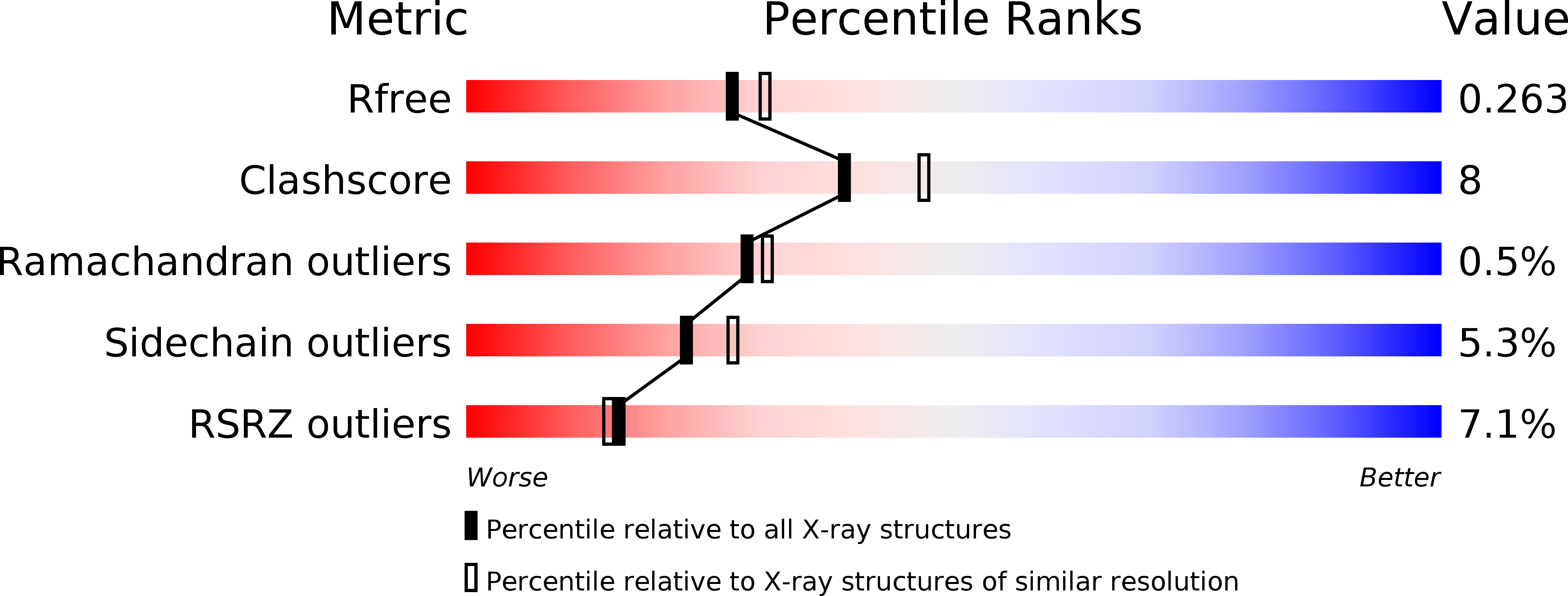
Deposition Date
2006-04-13
Release Date
2006-05-09
Last Version Date
2024-10-30
Entry Detail
PDB ID:
2GOO
Keywords:
Title:
Ternary Complex of BMP-2 bound to BMPR-Ia-ECD and ActRII-ECD
Biological Source:
Source Organism:
Homo sapiens (Taxon ID: 9606)
Mus musculus (Taxon ID: 10090)
Mus musculus (Taxon ID: 10090)
Host Organism:
Method Details:
Experimental Method:
Resolution:
2.20 Å
R-Value Free:
0.25
R-Value Work:
0.22
R-Value Observed:
0.22
Space Group:
P 65 2 2


